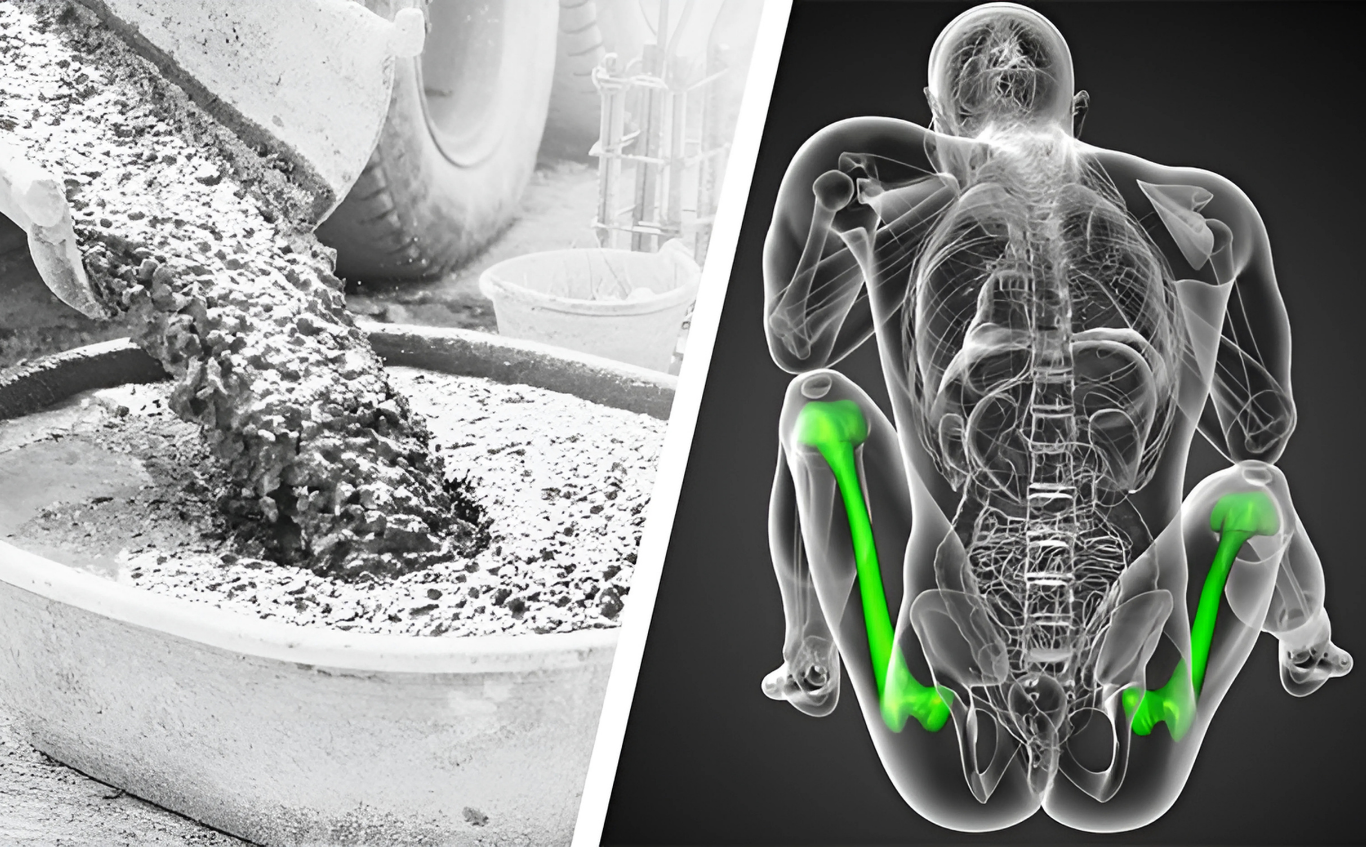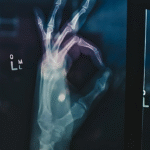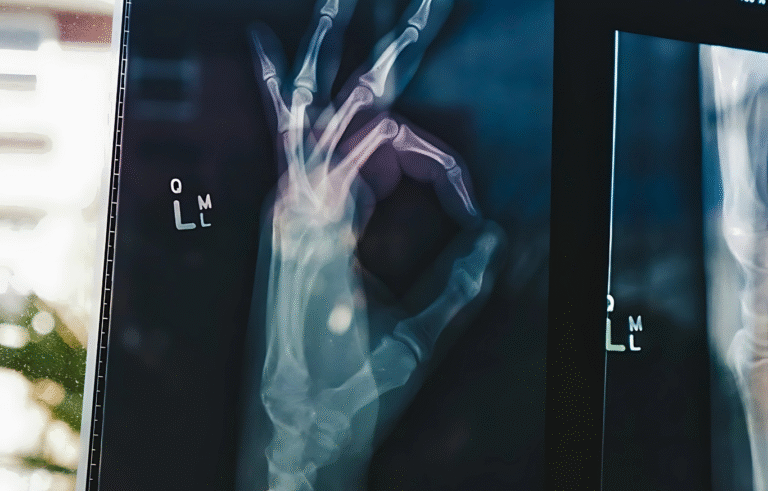
The Strongest Part of the Human Body Is Harder Than Concrete—Do You Know Where It Is?
A Surprising Truth Hidden in the Human Body
The human body is often seen as fragile and sensitive. A sharp blow can cause bruises, a minor accident can lead to fractures, and a small cut can result in bleeding. But what if we told you that there is a part of your body that is stronger than concrete?
It may sound unbelievable, but science has confirmed that among the 206 bones in an adult human body, one bone stands out as the strongest, both in strength and endurance. This bone can withstand forces far greater than many modern construction materials, including concrete.
Meet the Femur: The Strongest Bone in the Human Body
The femur, or thigh bone, is the longest and strongest bone in the human body. It connects the hip to the knee and plays a vital role in supporting the body’s weight, facilitating movement, and enabling functions like walking, running, and jumping.
What sets the femur apart is its exceptional density and strength. According to biomechanical research, the femur can withstand pressure that is four times greater than concrete before it shows signs of damage. It’s so robust that breaking it requires a forceful and often traumatic impact, such as a car accident or a high-impact sports injury.
Stronger Than Concrete: The Science Behind the Femur’s Strength
Concrete is known for its compressive strength, which is around 25–30 MPa (megapascals) for standard building-grade materials. However, the femur bone can withstand compressive forces of more than 130 MPa, making it four to five times stronger than concrete under pressure.
This extraordinary strength is due to a combination of factors:
- Dense Bone Tissue: The femur is composed of compact (cortical) bone, which is densely packed and provides structural support.
- Bone Marrow Support: Inside the femur is a hollow cavity filled with bone marrow, contributing to shock absorption and internal balance.
- Biological Reinforcement: The collagen fibers and mineral matrix in the bone give it both flexibility and toughness, allowing it to resist both compression and tension.
A Real-Life Example from Ancient Literature: Mahabharata’s Duryodhana
The Mahabharata, one of the greatest epics of ancient India, features a dramatic moment where Bhima strikes Duryodhana on the thigh with a mace, ultimately shattering his femur. Given what we know today about the incredible strength of the femur, this act becomes even more astonishing.
Breaking a femur bone is no ordinary feat—it would require tremendous force, far beyond what the average human can deliver. The story highlights not just the brutality of ancient warfare, but also, perhaps unknowingly, the biological marvel that the femur truly is.
Why Is the Femur So Important to the Human Body?
Aside from its strength, the femur plays several critical roles in the human body:
1. Weight Bearing
The femur bears the weight of the entire upper body when standing, walking, or running. Without its structural strength, mobility would be impossible.
2. Movement
Muscles such as the quadriceps, hamstrings, and glutes attach to the femur, enabling leg movement and body control.
3. Blood Cell Production
The bone marrow inside the femur is responsible for producing red blood cells, white blood cells, and platelets, making it essential for immune function and overall health.
4. Shock Absorption
Its design and composition allow the femur to absorb and distribute the shock from movement, protecting the hips, knees, and spine from injury.
How Strong Is the Femur Compared to Other Bones?
While all bones serve critical functions, the femur is unparalleled in terms of strength and durability. Here’s how it compares to other bones:
- Femur: Can bear extreme compressive loads without cracking.
- Tibia (shinbone): Also strong but more prone to fractures than the femur.
- Humerus (upper arm bone): Lighter and less dense, more susceptible to injury.
- Skull: Designed to protect the brain, but can fracture under impact.
No other bone in the body combines length, load-bearing capacity, and tensile strength quite like the femur.
Femur Fractures: When the Unbreakable Breaks
Despite its strength, the femur can still fracture under intense trauma, such as:
- High-speed vehicle accidents
- Severe falls
- Heavy sports injuries
- Bone diseases like osteoporosis
A femur fracture is a medical emergency, often requiring surgery, metal rods, and screws to realign the bone. Recovery can take months due to the bone’s crucial role in movement and balance.
What Makes Bones Stronger Over Time?
While genetics plays a significant role, there are ways to strengthen bones, including the femur:
- Regular weight-bearing exercises (walking, squats, resistance training)
- Calcium-rich diets (milk, leafy greens, almonds)
- Vitamin D supplementation
- Avoiding tobacco and limiting alcohol
By maintaining strong bones, we not only reduce injury risk but also ensure long-term mobility and independence.
The Femur—A Marvel of Natural Engineering
The femur bone stands as one of nature’s most wondrous creations—a perfect balance of strength, resilience, and functionality. Stronger than concrete, yet living and adaptable, the femur is a testament to the intelligent design of the human body.
So next time you stand up, walk, or run, remember that you are being supported by one of the strongest structures on the planet—a structure so robust, it outperforms the very materials we use to build cities.












